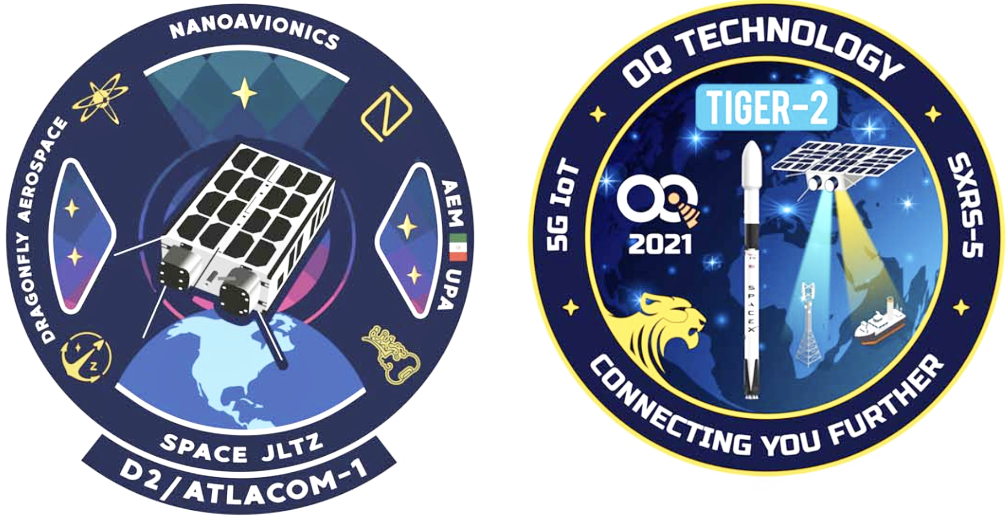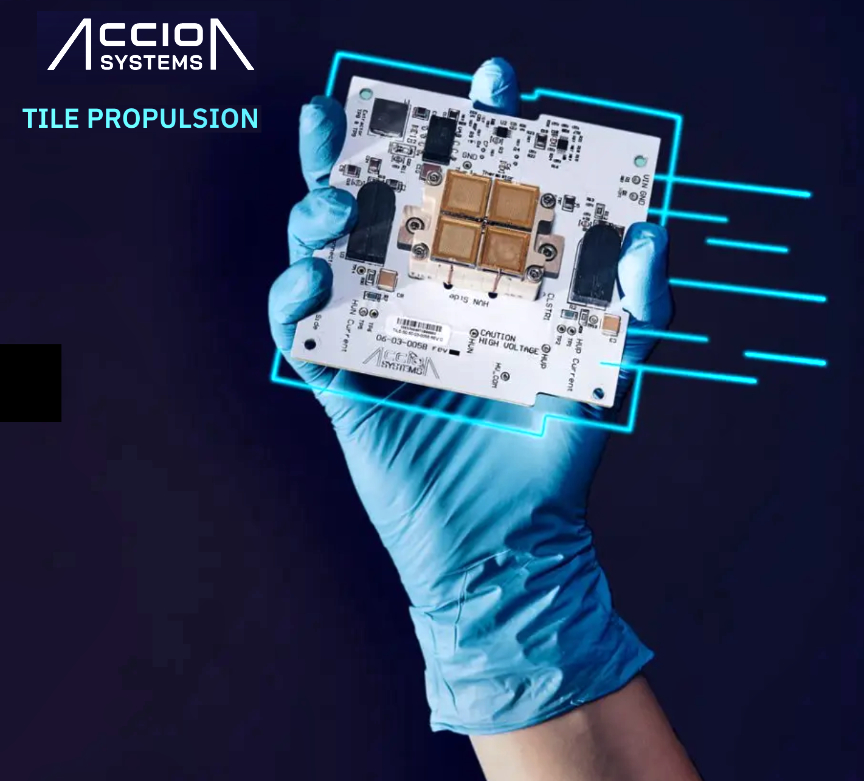
NanoAvionics was all geared up for the SpaceX Transporter-2 rideshare launch at the end of June, with several satellite missions from their customers that will have a positive impact on businesses and communities in remote regions on Earth, as well as pioneering an ionic liquid electrospray propulsion system. Among the applications onboard are also the world’s first, 1U-sized, hyperspectral imager and a new high-gain X-band antenna.
The first of the two smallsats, named “D2 / Atlacom-1,” that were onboard Transporter-2 was a shared 6U satellite mission dedicated to an on-orbit demonstration of new satellite technologies as well as several, novel, satellite applications. They included the world’s first 1U-sized hyperspectral imager to be ever flown, a new 1U tiled ionic liquid electrospray (TILE) propulsion system, a new high-gain X-band antenna and an upgraded X-Band downlink transmitter. The mission comprises “HyperActive,” an international consortium and its partners, and an electric propulsion demonstration by Accion Systems.
The generated data from HyperActive program will be used to develop solutions to improve agriculture yield and livestock, detection of changes in vegetation and pollutants as well as urban environments. For example, a hyperspectral sensor can ‘see’ the spectral signature of an invasive disease threatening an entire harvest, allowing farmers to take preventive steps.

Accion Systems said their TILE-3 propulsion system, sponsored by an ongoing US government propulsion program, is low-cost, compact, low pressure and has less than 50% of the power draw of other propulsion technologies and combines the use of safe, inert liquid propellant with a simple mechanical design and few moving parts.
“The ‘D-2/AtlaCom-1’ satellite contains hyperspectral technology payload and is an interesting case for successful and fast-pace space collaboration across three continents,” said F. Brent Abbott, CEO of NanoAvionics US. “It took us only eight months to build, test and launch the satellite even though hosting many different instruments onboard a shared satellite requires extensive configurations.”
The consortium partners for the mission, brought together through NanoAvionics’ shared satellite service, consisted of Dragonfly Aerospace from South Africa, Space JLTZ from Mexico and NanoAvionics US as a supplier to the consortium. It also included mission contributors Polytechnical University of Atlacomulco (Mexico) and CUBECOM (South Africa).

The second satellite is OQ Technology’s Tiger-2. Built by NanoAvionics,this satellite is also the second mission for NanoAvionics with the company. The 6U satellite will grow OQ Technology’s constellation, forming the first global 5G, Internet of Things (IoT) network that combines satellite and terrestrial wireless networks, using regular 5G chips in mobile devices.
OQ Technology’s constellation intends to provide basic commercial IoT and M2M Machine-to-Machine) services, using 5G connectivity, to customers with a focus on Africa, the Middle East, Asia and Latin America.The satellite will expand the 4G and 5G IoT footprint globally, which plays a critical role in enabling mobility in vertical markets such as smart cars, drones, transport, logistics and maritime. It is also very valuable for low latency applications (critical for 5G) as the satellites are in low earth orbit, and provide few milliseconds latency communication, which traditional GEO satellites operators cannot do. Following the launch of Tiger-2, OQ Technology aims to quickly add another two missions to its constellation, followed by a batch of six satellites.
“Both satellites onboard Transporter-2 were some of our quickest from-contract-to-orbit projects to date, and despite the pandemic and a shortfall of components that others have felt, NanoAvionics hasn’t had any supply shortage nor any delays in its lead times and production of satellite buses,” said Vytenis J. Buzas, co-founder and CEO of NanoAvionics. “We build 95 percent of our satellite subsystems in-house, and we have a controlled supply and stock of components and raw materials. That puts us in a good position, for now, to continue building our micro- and nanosatellite buses right on schedule.”
“With more satellite to follow, this mission is essential for OQ Technology to engage with customers and access the market to deliver full 5G services,” said Omar Qaise, CEO OQ Technology. “There will be 24 billion devices around the world to be connected, and we are well positioned for that market. In addition to Tiger-2, we are working with NanoAvionics on multiple other missions.”
